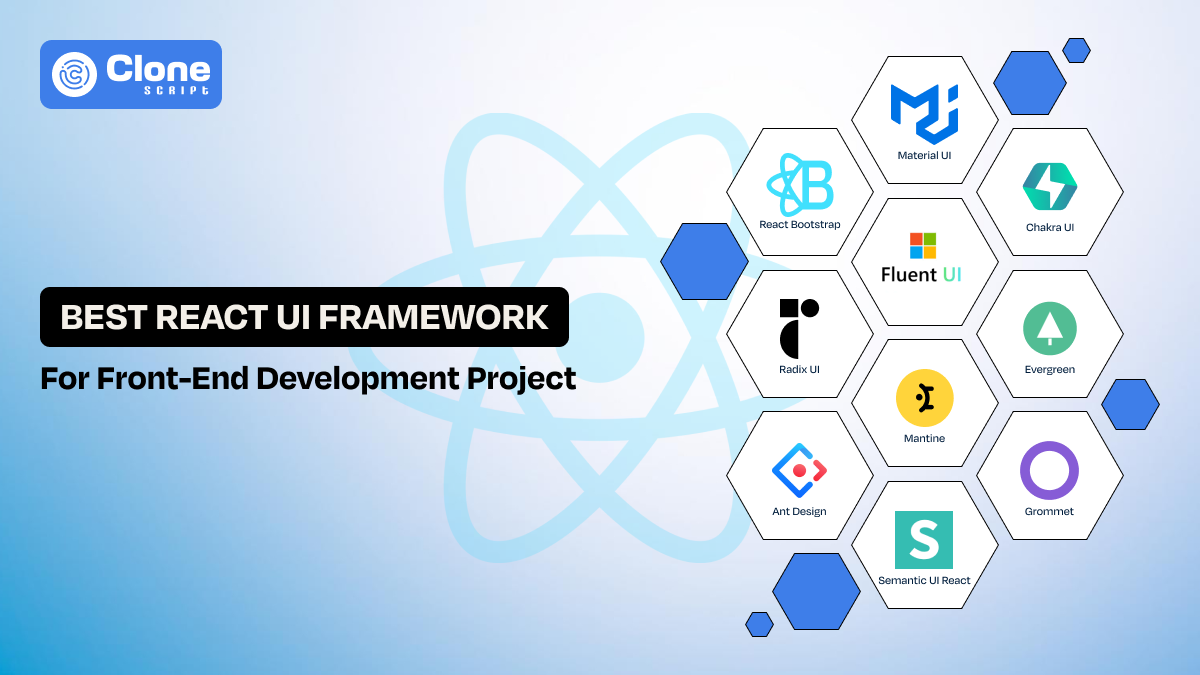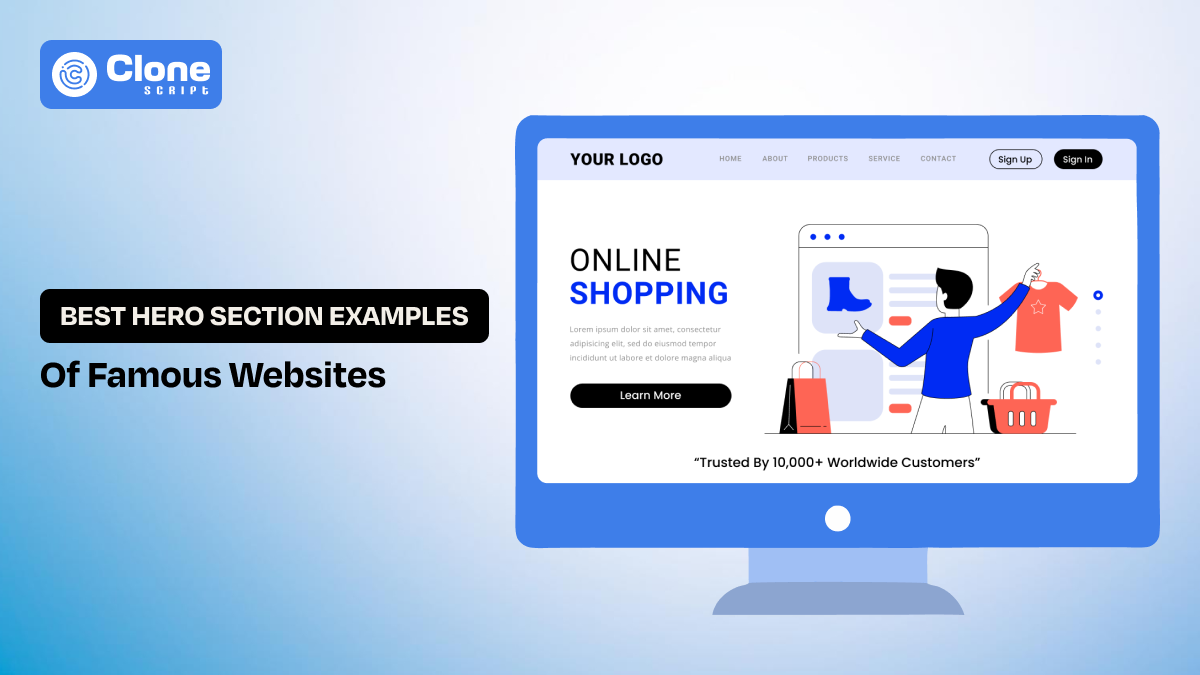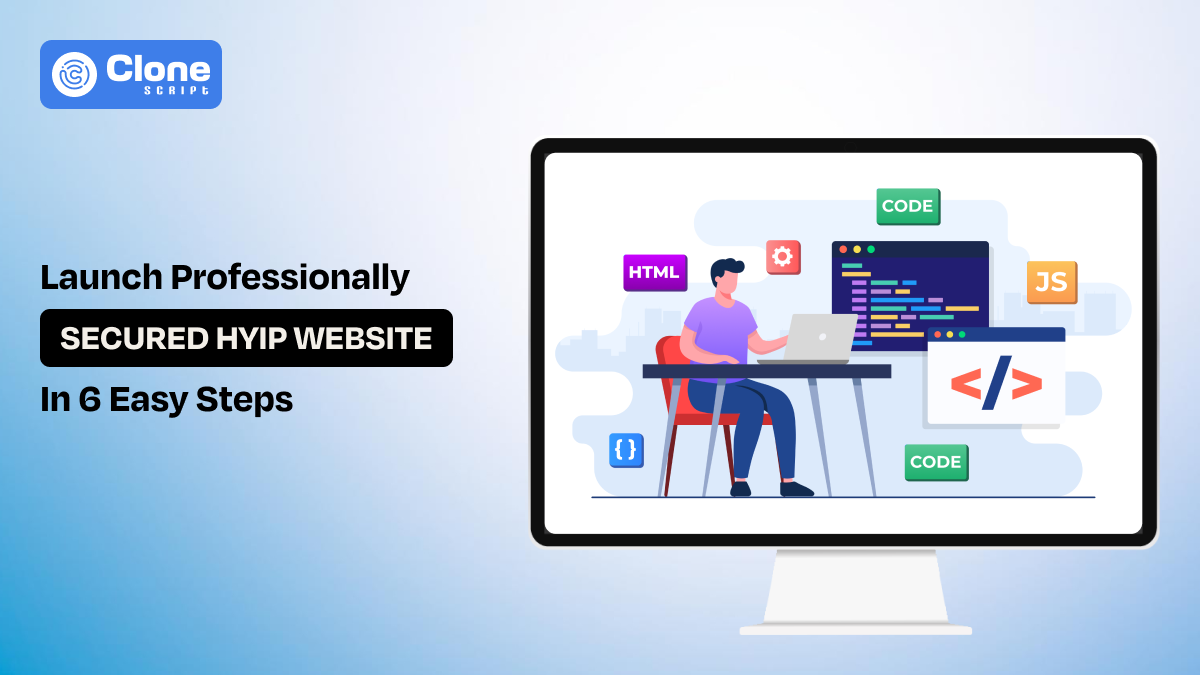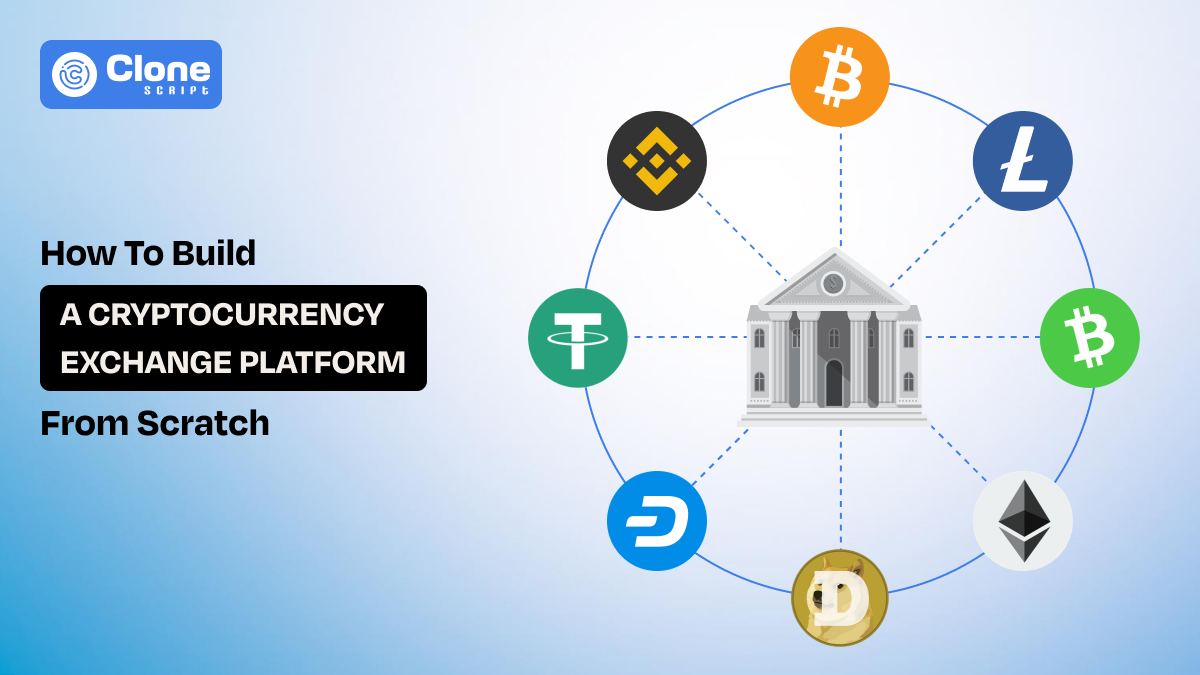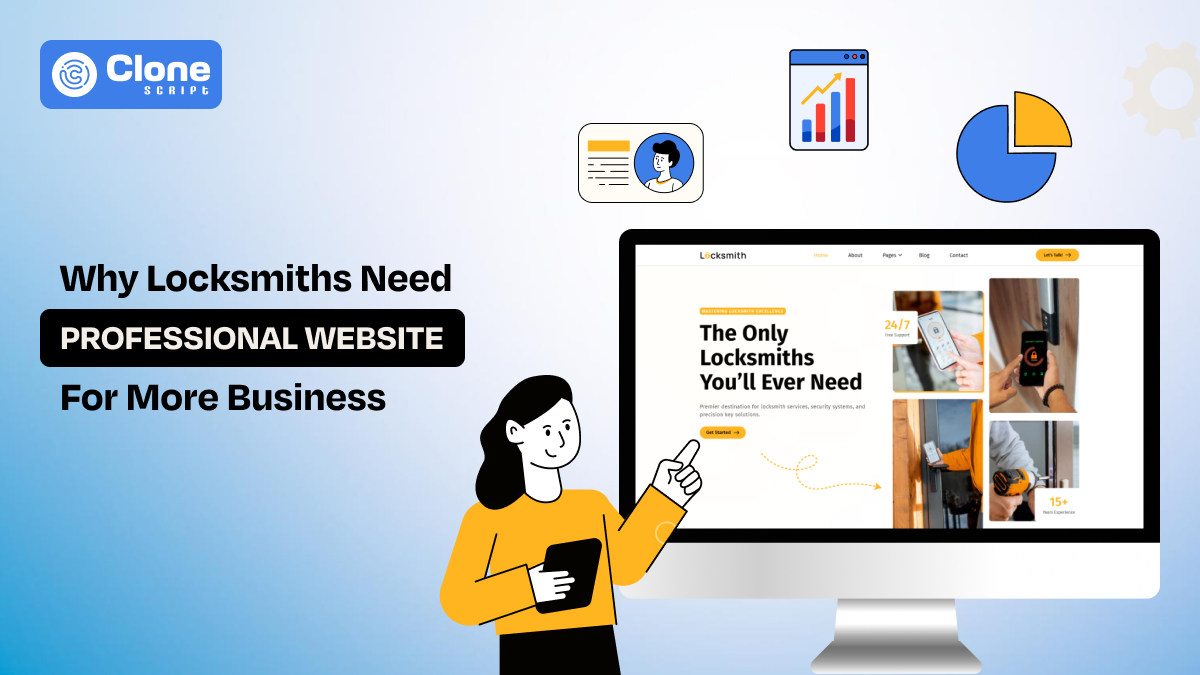How Much Does E-commerce iOS & Android App Development Cost in 2025?
If you're a business owner in 2025, there's a good chance you're already thinking: “I need to meet my customers where they are. That's on mobile.” You're not wrong. Mobile shopping is no longer the future. It's now.
According to Statista, over 72.9% of all e-commerce sales in 2025 are happening through smartphones. That means if you're still solely preferring a desktop website or a generic marketplace presence, you're leaving serious revenue on the table.
Naturally, the next question is: How much does it cost to develop an e-commerce app for iOS and Android in 2025?
Spoiler alert: the answer depends on your vision, functionality, and the technology you choose. But here’s what we can promise you: by the end of this blog, you’ll have a clear, updated, and no-fluff estimate based on real market data, emerging tech trends, and smart budgeting strategies.
Why E-commerce Apps Are a Must-Have in 2025?
Let’s start with why you should invest in an e-commerce iOS and Android mobile app at all.
-
Mobile-first user behavior: 85% of users prefer using apps over mobile websites for shopping. Why? Because apps are faster, personalized, and more seamless.
-
Higher conversion rates: Mobile apps deliver 3x more conversions than mobile web. That’s real money left on the table if you skip app development.
-
AI & machine learning integrations: From personalized product recommendations to smart search and real-time support, e-commerce apps in 2025 aren’t just static shopping platforms. They’re intelligent sales assistants.
-
Customer retention: Through push notifications, loyalty programs, and in-app promotions, increase customer lifetime value significantly.
In short, the ROI of building an app is often higher than many other marketing strategies, if done right. There are numerous advantages to online store app development, such as it can be used as a marketing channel and a dedicated platform.
How Much Does E-commerce App Development Cost in 2025?
Here’s a cost snapshot based on industry averages for e-commerce mobile app development:
|
Type of app |
Estimated cost |
|
MVP (basic features) |
$750 – $1,000 |
|
Mid-tier (custom UI/UX, better appearance) |
$1,500 – $2,500 |
|
Advanced app (AI, AR, full suite) |
$5,000 – $15,000 |
These estimates include front-end, back-end, UI/UX, testing, and basic post-launch support.
But before you commit to any number, let’s unpack what goes into these costs.
What Influences the Cost of E-commerce App Development?
Here is the list of cost-determining factors for app development:
1. Platform: iOS, Android, or Both?
If you want to reach the widest possible audience, you’ll need an app for both platforms. But here’s the decision matrix:
-
Native development (iOS and Android separately): This approach gives the best performance and functionality. But it comes with a higher cost, and for your e-commerce startup, it could be expensive.
-
Cross-platform (using Flutter or React Native): It comes with slightly lower performance and lower cost. But if you want to make the app live for users within a short time frame, cross-platform app development is a good choice.
In 2025, Flutter will have matured significantly. So, app developers are utilizing this technology as a go-to for startups and SMEs looking for efficiency without sacrificing user experience.
2. Core Features You Want to Include
Your app’s functionality is the biggest cost driver. Here are some essentials and their potential development cost estimates:
| Feature |
Cost range |
|
User login & profiles |
$300 – $400 |
|
Product catalog & filters |
$300 – $400 |
|
Payment gateway integration |
$400 – $500 |
|
AI-based recommendations |
$1,500 – $4,000 |
|
Push notifications |
$200 – $300 |
|
Real-time order tracking |
$1,000 – $5,000 |
|
Chatbot or live support |
$3,000 – $5,000 |
|
Reviews & ratings |
$200 – $300 |
|
AR product previews |
$2,500 – $10,000 |
If you want your app to stand out in 2025, you’ll want to go beyond basic cart-and-checkout. AI, smart filters, and personalized UX will take the charge.
3. Front-end and backend app development
But behind the scenes, your app is made of two critical layers: the front-end and the back-end. Understanding both is key to budgeting smartly and building an app that works, not just one that looks good.
-
Front-End: The “Face” of Your App:
The front-end app development is what your customers see and interact with. Think of it as the storefront of your digital business.
It includes:
-
Product listings and images
-
Search and filter tools
-
Shopping cart interface
-
Checkout screens
-
Navigation menus
-
User login and profile screens
In 2025, front-end development focuses heavily on UI/UX (User Interface and User Experience). With so many competitors in the market, a smooth, intuitive design isn’t just a nice-to-have; it’s expected.
A poor user interface can lose you customers in seconds. Investing in thoughtful front-end design increases conversions and keeps people coming back.
Front-end app tools and technologies used today include:
-
Flutter (for cross-platform development)
-
React Native
-
Swift (iOS)
-
Kotlin (Android)
Front-end mobile development typically takes up 30–40% of the total app budget, depending on design complexity and animations.
-
Backend: The “Engine” Powering Everything
The front-end is the part users touch. The backend development is the invisible system working behind the scenes. It handles:
-
User authentication
-
Product database and inventory syncing
-
Order management
-
Payment processing
-
Shipping and logistics integration
-
AI & personalization engines
-
Security and data encryption
Back-end is your app’s operations room. If it breaks, the whole experience falls apart.
In 2025, more apps are using cloud-based back-end platforms (like AWS, Firebase, or Azure) to ensure scalability, security, and speed. App integration with the back-end system adds functionality and advanced layers to keep the platform error-free.
Popular back-end languages and frameworks:
-
Node.js
-
Python (Django, Flask)
-
Ruby on Rails
-
PHP (Laravel)
-
Java with Spring Boot
Don’t underestimate your back-end. This is where the magic of AI happens: smart product recommendations, real-time stock updates, personalized offers, and more.
Back-end development can take up 40–50% of your total budget, especially if you want to build a scalable, secure, and AI-ready system.
4. AI & Machine Learning Capabilities
According to the Deloitte 2025 report, companies using AI in e-commerce have seen up to 25–30% revenue growth.
AI isn’t optional anymore for mobile e-commerce. It’s the secret sauce to customer retention, conversion, and operational efficiency.
Some key AI/ML features that are trending in 2025:
-
Behavior-based product recommendations: This is helpful when you want more sales without taking too much time from customers. Just show them what products they’re interested in and carry them forward to checkout.
-
AI-driven search with NLP: Up to 40% of customers are looking for the product variants and pick the best one. So, an AI-powered search is showcasing the relevant results through Natural Language Processing.
-
Dynamic pricing models: If you have thousands of products, managing their pricing is a tough task single-handedly. With an advanced panel, you can modify the price automatically without scrolling a hundreds sheet rows of product listings.
-
Customer service chatbots: In the e-commerce industry, customers are very clever, and they need answers quickly. With AI chatbots, you can keep the store always open and improve the CRO. Keep in mind that Artificial Intelligence in customer experience is a must-have component right now.
-
Automated inventory forecasting: Inventory management efficiency decides the success of online stores. The overstocking and understocking issues are very common. But with the business app, you can solve it without losing a customer who is confident in a purchase.
Do you think these features have to be in your business app? Not mandatorily, but appreciable to integrate these advanced functions. It adds more than 20-30% to overall development costs.
They can also multiply your returns exponentially.
5. UI/UX Design and Branding
The reality of e-commerce business success is to prove you’re unique, not just selling your product and earning a profit. But how can you represent it, and customers justify that you’re genuine?
The custom app UI/UX design is a part of branding the app and defines your core business values. Also, it includes app prototyping and wireframing, too.
Since the customers are using the internet to search for the information, they visit multiple brands before visiting your platform. They see icons, go to product pages, add customization, and test everything.
If your app fails their tests at the second of the moment, they uninstall your e-commerce app. They never think to buy, whatever the product quality you bring (in reality, your products may be unique).
So, what is the way to avoid a potential sales loss? Here’s the list you can consider when designing a mobile app for an e-commerce store:
-
Dark mode and light toggles: Nowadays, most e-commerce apps include a feature of dark and light modes. So, if a user wants to explore the platform at night or day in sunlight time the app automatically switches mode. So, users find the information without any issues.
-
Voice-first search: As people are becoming familiar with IoT things like Google voice search, Siri, and Alexa, they don’t type the phrase in the search bar. They speak the words on the phone and find the results. Having this feature in an e-commerce app keeps the customer engagement high.
-
Microanimations: In online business, selling products is not enough. Building a long-term trust with a customer is important, and microanimations help with it. To give them feedback on what they’re doing will encourage confidence, not in purchase but in interaction with a business.
-
Personalized dashboards: To manage your e-commerce platform, you need a dashboard where you can see how your business is performing. It includes everything about users downloading the app, sales, and support requests. With a navigational dashboard UI, you can get the details related to the business.
-
Inclusive design (for accessibility): To maximize your app's usability, the entire flow has to be inclusive. It means the app design should be made with every user’s needs in mind. With UI design principles following you can make a mobile app useful for customers.
To make a unique UI/UX design, it costs $5,00 – $2000. For an affordable option, go with an e-commerce app template-based design.
Remember: a beautifully designed app reduces bounce rates and increases user retention. And in e-commerce, retention is everything.
6. Where Your Development Team is Based
If you outsource app development or rely on freelancers, their location is important. Here is the list of hourly charges for e-commerce app development by regions:
| Region |
Hourly Rate (Avg.) |
|
North America |
$100 – $180/hr |
|
Western Europe |
$80 – $150/hr |
|
Eastern Europe |
$40 – $70/hr |
|
India/South Asia |
$25 – $50/hr |
Hybrid teams are gaining attention, where UI/UX or project strategy is handled in the U.S./UK, while development is outsourced to Asia.
Hidden or “Surprise” Costs for E-commerce App Development (That Are Avoidable)
Too many brands forget to plan for the full picture. Keep in mind these often-overlooked costs:
-
App store fees: $99/year (Apple), $25 one-time (Google)
-
Maintenance & updates: 15–25% of initial development cost/year
-
Server & backend hosting: $300 – $2,000/month
-
3rd-party tools: CRM, marketing tools, analytics
-
Security audits: Especially critical with payments involved
-
Marketing: App Store Optimization (ASO), influencer promos, email funnels
Also, don’t cut corners on security. With rising data breaches, implementing SSL, tokenization, two-factor authentication, and biometric login is a must.
Final Thoughts
Building a great e-commerce app isn’t cheap. But in 2025, not building one is what’s expensive.
Your customers expect convenience. They expect personalization. They expect to shop in a few taps. It gives your customers guidance to keep coming back.
So here’s what we recommend:
-
Start with a clear vision.
-
Work with a team that understands both tech and user behavior.
-
Invest smart, not small.
Thinking of building your e-commerce app this year?
Let’s chat about what features you need, what platform works best, and how to make sure you get real ROI. Not just a pretty app. Contact us.
 BTC - Bitcoin
BTC - Bitcoin
 USDTERC20 - USDT ERC20
USDTERC20 - USDT ERC20
 ETH - Ethereum
ETH - Ethereum
 BNB - Binance
BNB - Binance
 BCH - Bitcoin Cash
BCH - Bitcoin Cash
 DOGE - Dogecoin
DOGE - Dogecoin
 TRX - TRON
TRX - TRON
 USDTTRC20 - USD TRC20
USDTTRC20 - USD TRC20
 LTC - LiteCoin
LTC - LiteCoin


